Optimal Timing for Fire Restoration

Fire restorations are often most effective after winter, when weather conditions are stable and accessible.

Warmer months allow for quicker drying and restoration processes due to increased humidity and temperature.
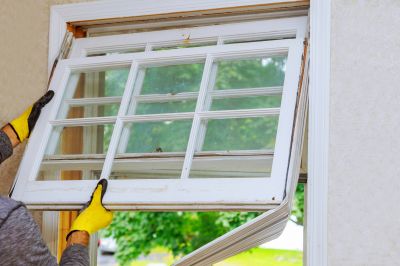
Scheduling outside of storm seasons helps prevent delays caused by weather disruptions.

Ways to make Fire Restorations work in tight or awkward layouts.

Popular materials for Fire Restorations and why they hold up over time.
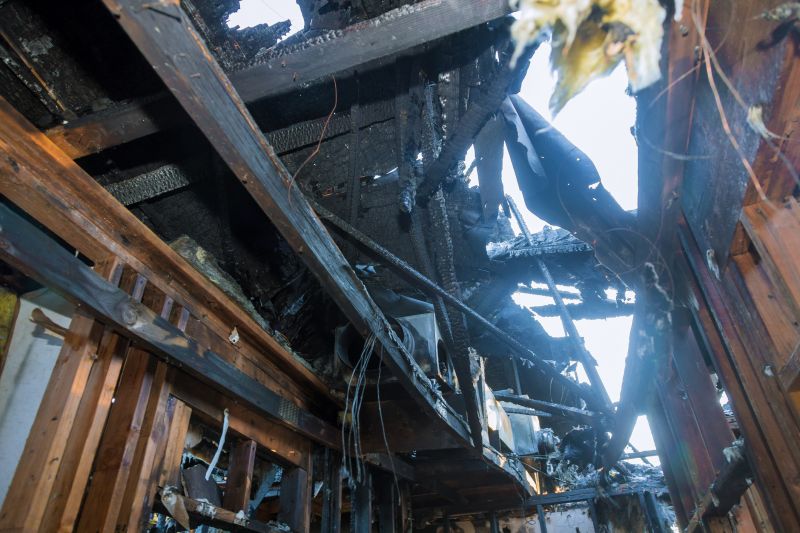
Simple add-ons that improve Fire Restorations without blowing the budget.

High-end options that actually feel worth it for Fire Restorations.

Finishes and colors that play nicely with Fire Restorations.
Fire restorations involve repairing and restoring properties damaged by fire and smoke. The process includes soot and smoke removal, structural repairs, and odor elimination. Timely restoration minimizes long-term damage and reduces restoration costs. According to industry statistics, early intervention can reduce repair costs by up to 50%. Proper planning and scheduling during optimal weather conditions ensure effective and efficient restoration efforts.
Prompt restoration prevents further deterioration and mold growth caused by residual moisture.
Weather, property accessibility, and fire severity influence the ideal timing for restoration.
Spring and early summer often provide the best conditions for comprehensive fire damage repair.
Postponing fire restoration can lead to increased costs and structural issues.
| Season | Advantages |
|---|---|
| Spring | Moderate temperatures and longer days facilitate effective restoration. |
| Summer | Warm weather accelerates drying and cleaning processes. |
| Fall | Cooler temperatures can be managed with appropriate equipment. |
| Winter | Less optimal due to cold and potential weather disruptions. |
| Post-Storm | Timing depends on weather stability; delays may occur. |
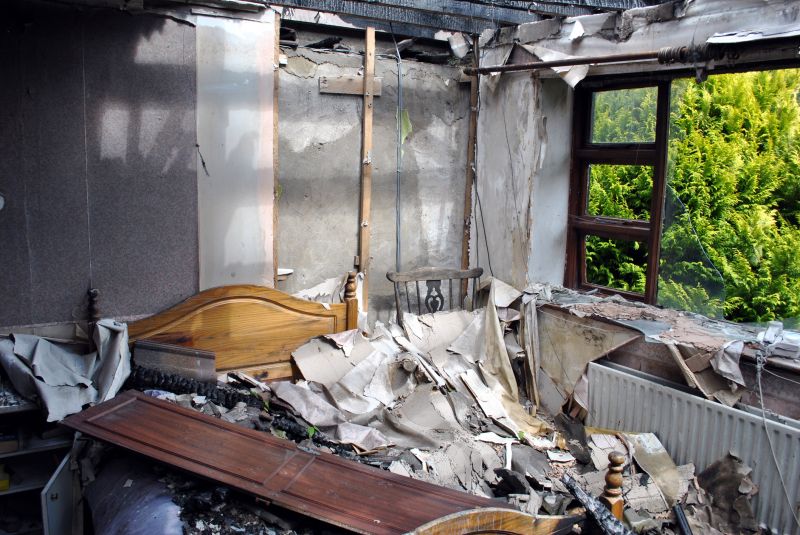
Restoration specialists work to restore properties efficiently.
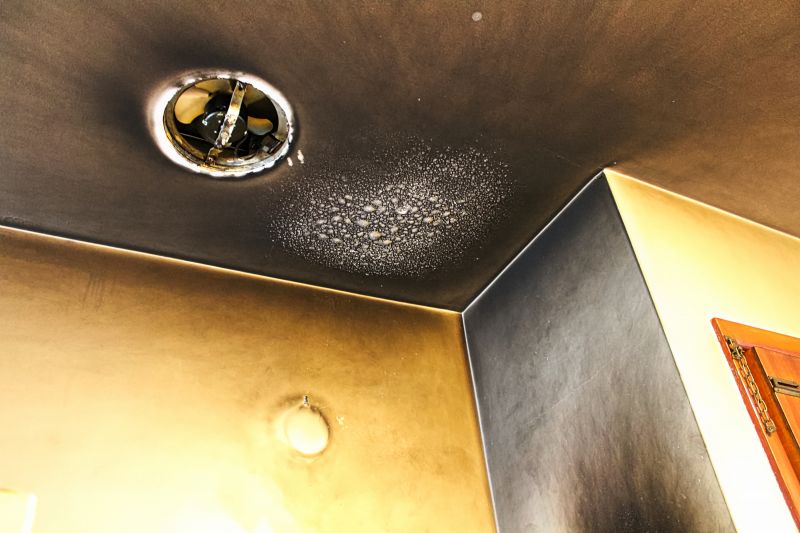
Effective cleaning techniques are essential for odor and residue elimination.

Rebuilding and repairing damaged structural elements is crucial.
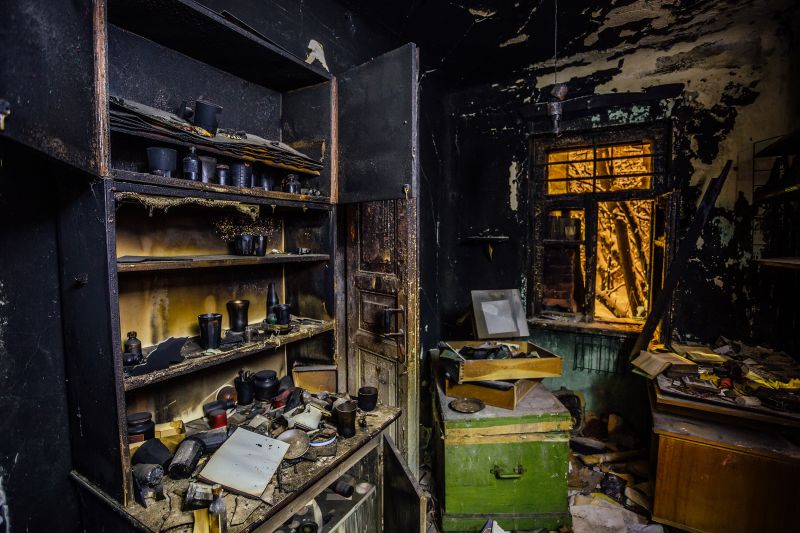
Advanced techniques ensure complete removal of smoke odors.

Little measurements that prevent headaches on Fire Restorations day.

A 60-second routine that keeps Fire Restorations looking new.

A frequent mistake in Fire Restorations and how to dodge it.

Small tweaks to make Fire Restorations safer and easier to use.
Effective fire restoration requires careful planning and execution. Scheduling during favorable weather conditions enhances the efficiency of cleaning, drying, and rebuilding processes. Proper timing minimizes the impact of secondary damages such as mold growth and structural degradation. Restoration professionals utilize advanced equipment and techniques to ensure properties are returned to pre-fire condition as quickly as possible.

Initial evaluation is key to planning effective restoration.

Specialized methods remove smoke residues and odors.

Restoration includes rebuilding damaged walls, ceilings, and floors.

Lower-waste or water-saving choices for Fire Restorations.
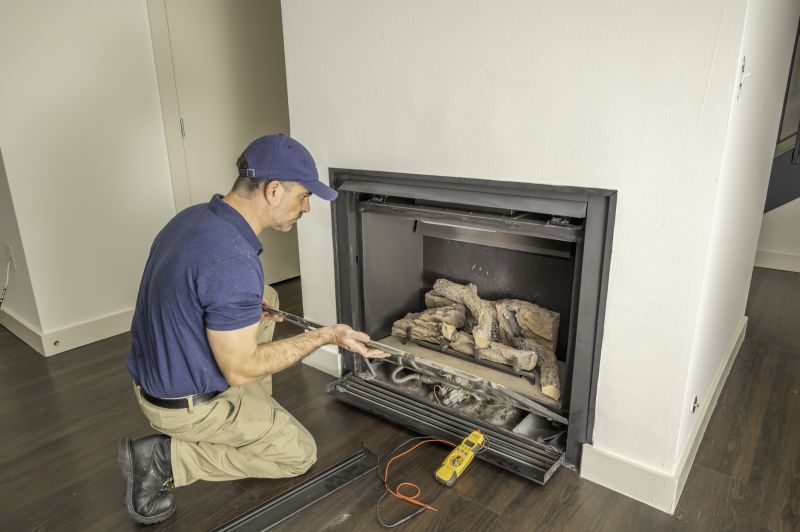
The short, realistic tool list for quality Fire Restorations.
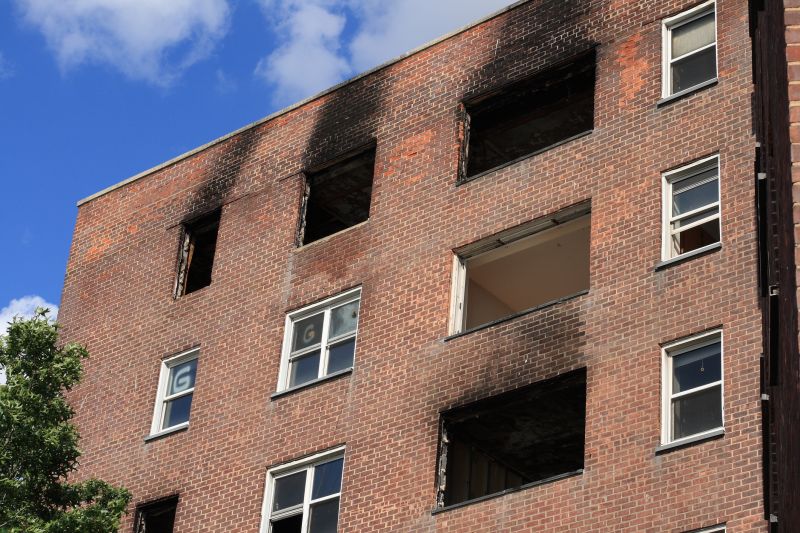
Rough timing from prep to clean-up for Fire Restorations.
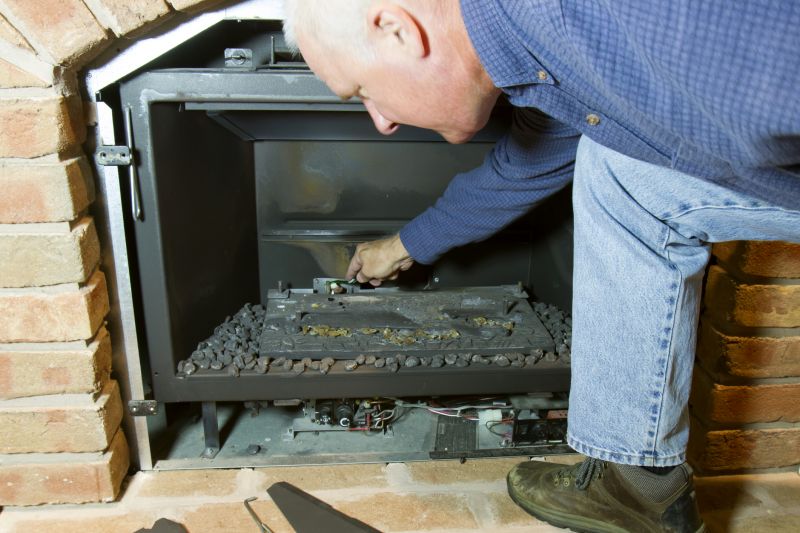
Quick checks and paperwork to keep after Fire Restorations.
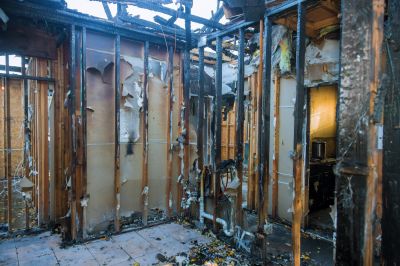
Examples that show the impact a good Fire Restorations can make.
Interested in fire restoration services? Filling out the contact form provides an opportunity to discuss specific needs and schedule restorations at the most suitable time for property recovery.

